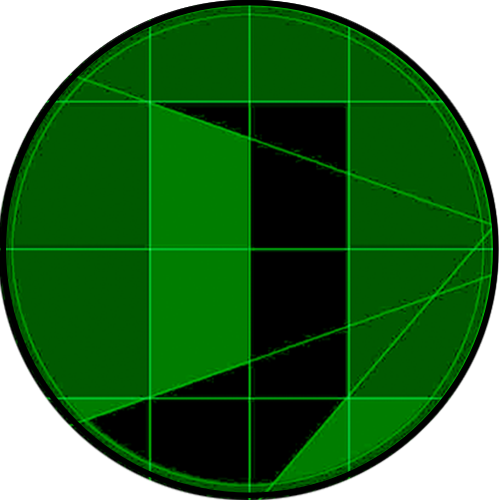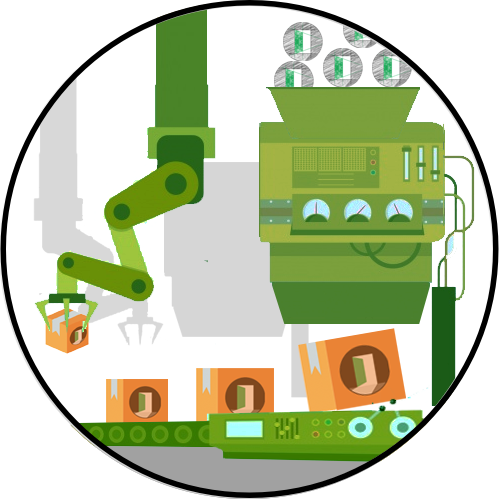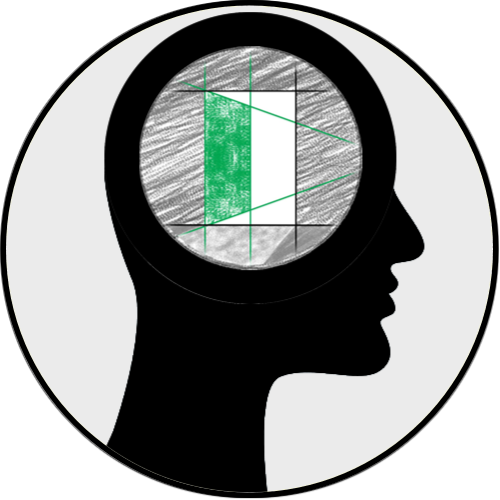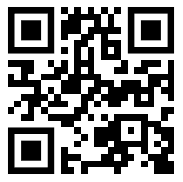The PBL activity
On this page we will explore the core of the methodology, which is the PBL activity itself, identifying step by step the entire process involved. However, I will first address when and where it takes place.
As PBL emerged in the context of medical education, and even today this is the area in which this methodology is most used in all its fullness and formalism, I keep focusing on the context of medicine to address these initial concepts. For those who don't like the topic of medicine, I ask for patience, because right after the introductory presentation on how PBL works in practice. Later, I will open the focus to a more generic application of the methodology.
The PBL activity planing
For a PBL activity to be presented to students, it must have already been designed by the tutor or someone else. This job is not as trivial as it may seem. A PBL activity needs to be based on a meticulously designed problem so that its solution is within reach of students, but not immediately. Students' knowledge cannot be enough for them to present the solution immediately after they be introduced to the problem.
In fact, the problem needs to be a little out of the students' knowledge at the time of the presentation. However, it also needs to be able to be resolved by students through the cognitive effort of research, studies and, occasionally, debates among colleagues. As this effort takes place, students end up coming across the concepts whose learning is the objective of the activity. Remember that, in a traditional approach, such concepts would simply be exposed to them, requiring much less cognitive effort, but also with less engagement and learning.
In the case of a medical course based entirely on PBL (curricular PBL), the activities are all previously prepared, as they require a lot of planning. Visiting medical programs with curricular PBL, one can easily find materials such as those presented below. Notebooks where the PBL activities of each activity, of all modules (at least the basic ones) are already prepared. After all, such activities must have the resulting learning following the pedagogical plan of the undergraduate program.
PBL notebooks, therefore, contain detailed descriptions of medical cases, fictitious or not, containing:
- patient registration data: photo, age, gender, ethnicity, address, etc;
- anamnesis data: reported problem, symptoms, health history, regular diet, life routine, etc;
- data from exams occasionally performed or elaborated (simulated) for the activity.

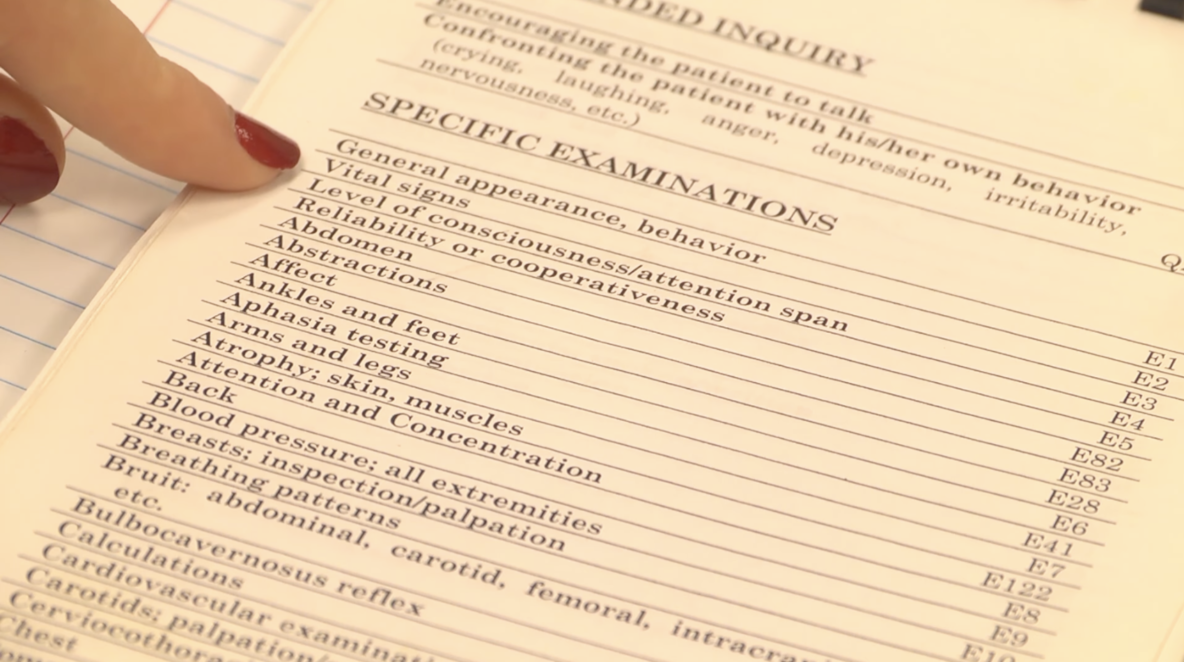
As shown above, the PBL notebook has numerous health problem cases, cataloged to be used in PBL activities. Such descriptives are most often used in the early years of an undergraduate program which uses the methodology. Because there is a need for greater control over the complexity of the problems being worked on, since students have not yet accumulated enough knowledge to face a real problem, whose characteristics are unexpected.
In some more sophisticated medicine programs, to give more realism to the PBL process, there are recordings with actors simulating the symptoms and behavior of a patient with health problem. The hole play script is precisely designed to describe a health problem of specific characteristics and complexity, which allows students to exercise insights into patient behaviors during the simulation. In the final years, the clinical cases used are real, obtained in the care of patients in university hospitals. After the Covid-19 pandemic, telemedicine care in university hospital services also became a potential tool to be used as a teaching resource for PBL activities.
When it happens
A PBL activity is normally structured in two moments of interaction between the students and the tutor. These moments are called tutorial sessions, rather than classes. Tutorial sessions usually take place a few days apart. Because, in principle, the PBL activity aims to solve a problem of low complexity, which does not require a lot of effort and time to solve them. However, the complexity is enough to provide the learning expected from that activity. This does not mean that lectures cannot be part of the methodology implementation routine. There are undergraduate course programs in which lectures are part of the applied methodology. However, in order not to lose focus on the PBL methodology itself, let us leave this minor detail to be covered later.
Generally speaking, there are no expository classes on the subject in focus during these tutorial sessions. There is only interaction between students and tutor in the analysis and search for a solution to the problem, which implies diagnosis and treatment of a disease. However, students can count on the flipped classroom strategy, in which guided study, seminar presentations and video lessons precede tutorial sessions in a conceptually integrated manner. Thus, students obtain a minimum of conceptual mastery, previously planned so that they can properly engage in the tutorial session.
Where it happens
The approach to interactions between tutors and students within a PBL activity is done at first, in a relatively small room called tutorial room (not classroom). As you can see in the real picture below, the arrangement is circular or oval, so that they can more easily interact with each other. Rather than large classes, the authentic PBL needs to be ran within small groups composed of between 6 and 16 students, in most cases. This limitation is important for the intense interaction between the group members and the tutor to be viable. It also facilitates the tutor’s assessment of students’ demonstrations of cognitive and social-emotional skills while interacting with each other.
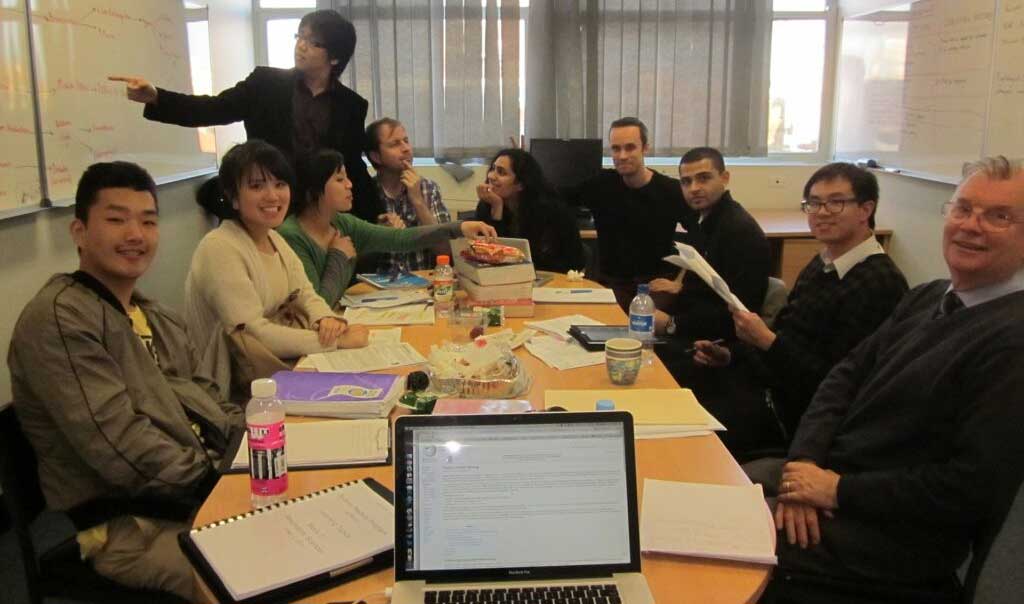
Tutorial session in a health care undergraduate program in Australia.
Source: Wikimedia
IMPORTANT
If you are a teacher who teaches large classes, in a subject-based pedagogical context, with few of the resources mentioned above, please do not give up on the PBL methodology because of what was shown above! One of the purposes of OpenPBL is precisely to help teachers like you overcome the difficulties of implementing PBL in this type of traditional education context, through the use of technology. Therefore, continue to explore this material to understand how PBL occurs in medical programs.



